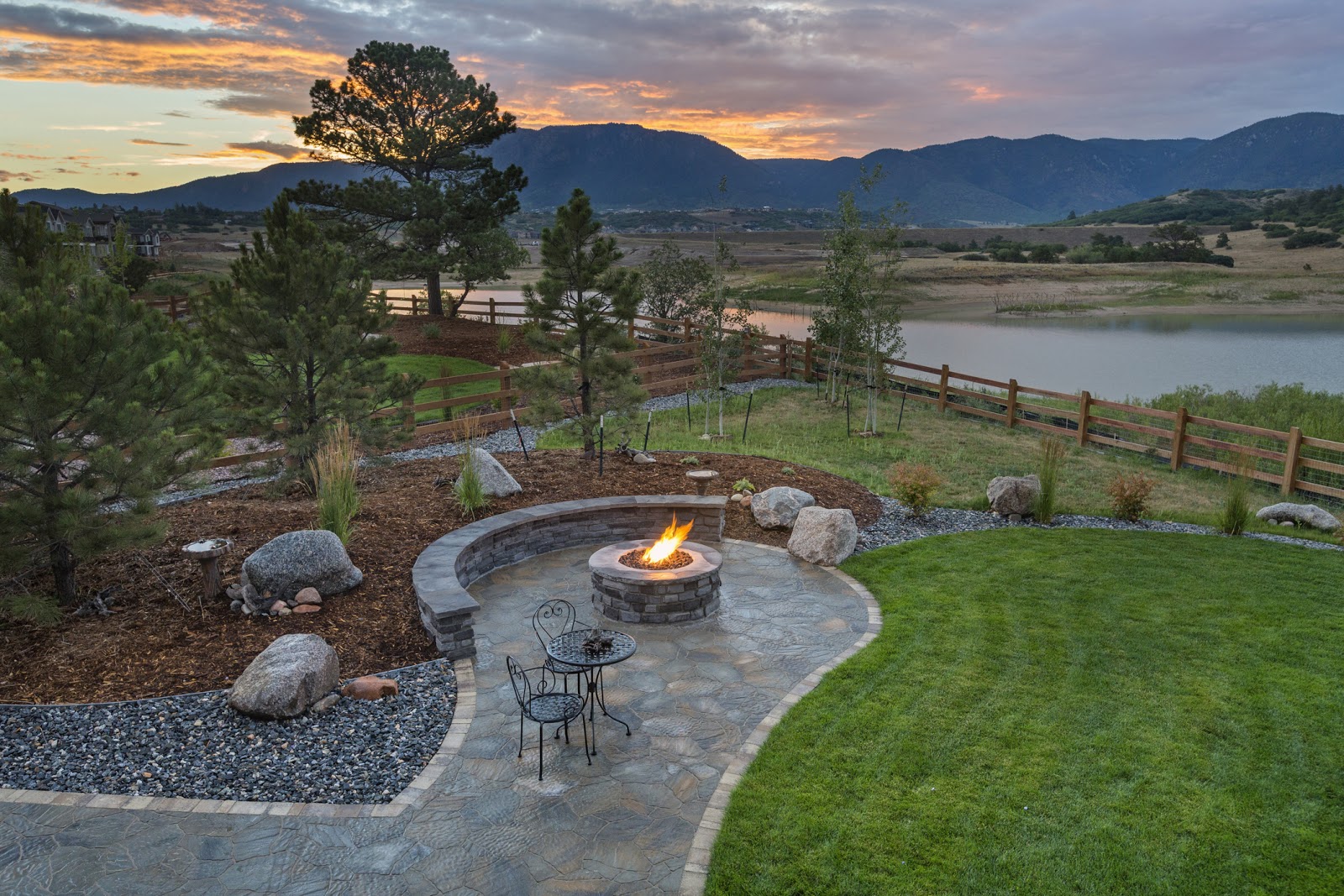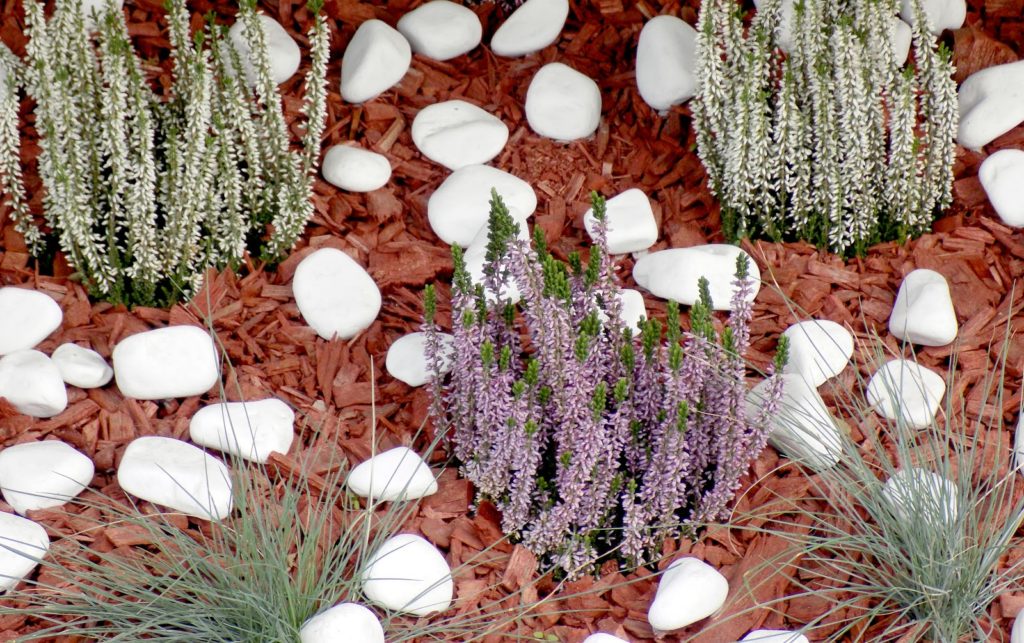
Too often, we see landscapes go neglected during colder months and then get doused in fertilizer come early spring, right when the grass is already blooming. In reality, prepping your lawn during fall is one of the wisest steps you can take to have a lush and healthy spring and summertime bloom. After a long season of nutrient depletion and intense summer sun, fertilization can help restore the ground, making it less vulnerable to winter frost and better rooting any new seeds you may have planted during this time. The best time to fertilize your soil is after mowing season but before your ground freezes over. While this may vary depending on your location, oftentimes this falls between October and November. Here are some of the tips we recommend for the best fall fertilization treatment.
How Much Fertilizer?
Too often we see companies promoting the use of way too much fertilizer simply for more sales. However, too much fertilizer can harm your garden. As a rule of thumb, according to the University of Illinois, for every 1000 square feet, we suggest you either go with one pound of soluble nitrogen or two pounds of slow-release nitrogen. Many fertilizer packages at your gardening store will have a chart to help you figure out how much you need.
What Type of Fertilizer?
Fertilizer should have a nitrogen to phosphorus to potassium ratio of 24-4-12 or something similar since this ratio extends the release time of the nitrogen, allowing it to slowly nourish the ground for longer. Extended-release nitrogen is important, especially in times of winter dormancy. As always, fertilizer with too much phosphorus can lead to poisonous water run-off.
Also, the amount of nitrogen you’ll need differs depending on the type of turf. Cool-season grasses, such as Kentucky Bluegrass, which are more popular in northern states, have different fall fertilization needs than more southern warm-season turf. The pH of your soil is important to know too. Many homeowners don’t know this off the tops of their heads, so we recommend visiting a plant store that offers a soil testing kit so you can adjust the type of fertilizer – based on what nutrients your soil needs most — accordingly.
When to Schedule Your Fall Fertilization
Many fertilizer companies recommend four feedings for each season, but we see that your lawn may benefit from a single summer feeding and then a lighter fall feeding. For most of our customers who have cool-season grasses, October to November is the best time to fertilize. To get even more specific, we recommend six weeks before the first frost of the season, since any time afterward, the fertilizer is unable to penetrate the soil.
Aerate and Water!
Aerate your lawn before you fertilize so that it’s able to better penetrate the soil. Depending on the size of your property, you can rent an aerator for a small fee or hire a company to do it for you. Also, make sure to water your grass before applying fertilizer so that you don’t accidentally wash off all the valuable nutrients into run-off.
Get Rid of Weeds
Fertilization benefits can get derailed if your lawn is overrun with weeds that are soaking up all those nutrients. Fall is a great time to properly remove them so that they’re less likely to spring up during the warmer seasons.
As with most things, lawns see the best results with some thoughtful preparation. Instead of waiting until next year to begin taking care of your lawn, fall is a great time to implement some of the tips we recommended so that you can have a dream turf during the spring. If you have any questions about fall fertilization, be sure to contact Giovine Landscaping. We’ll take care of your landscaping with our years of expertise and professionalism!







